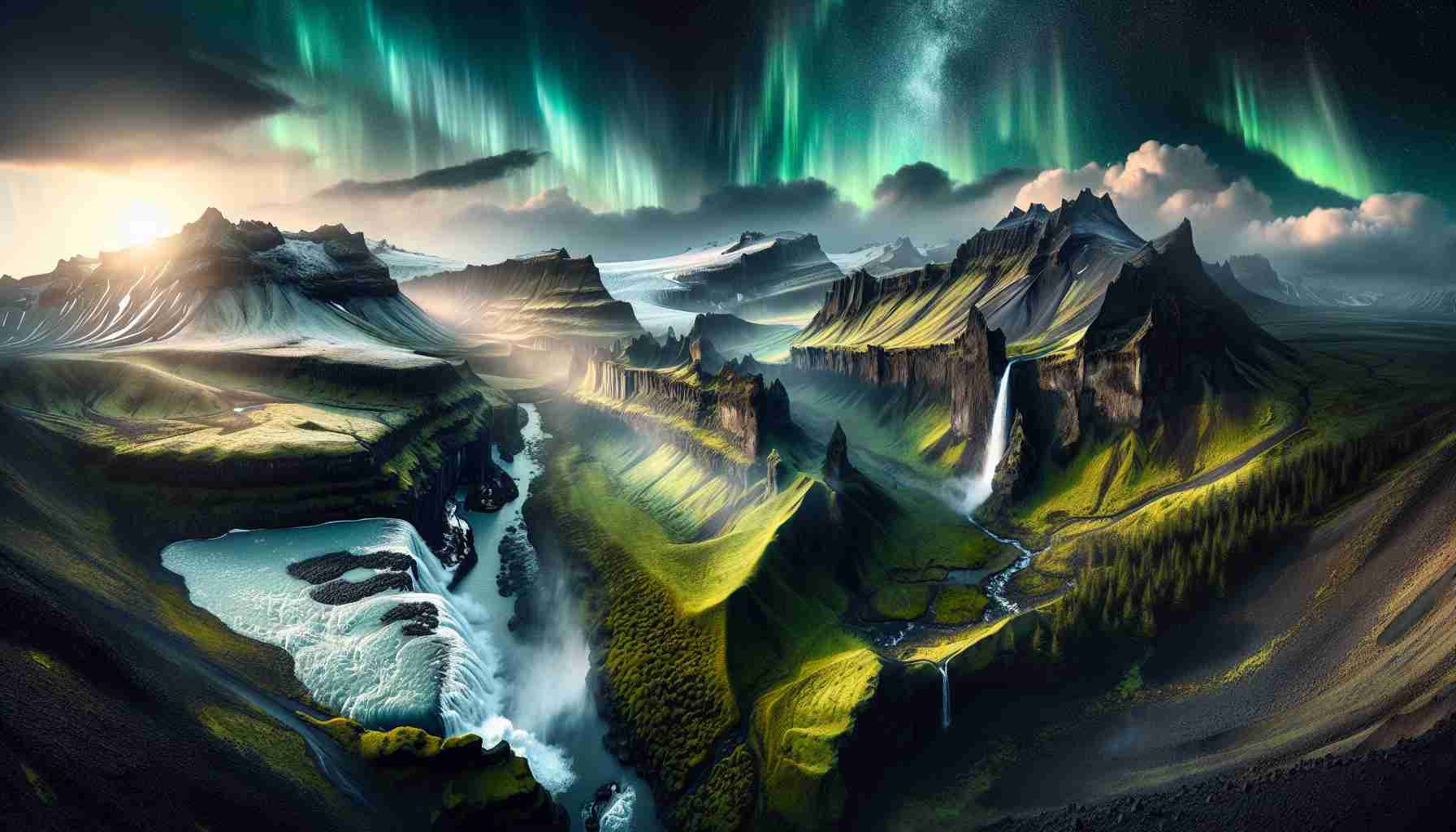Summary:
Iceland, often referred to as the “Land of Fire and Ice,” is a country known for its breathtaking landscapes, diverse wildlife, and unique geological formations. In this article, we will explore some of the most extraordinary attractions that make Iceland such a captivating destination. From stunning waterfalls to otherworldly lava fields, Iceland offers a range of experiences that are sure to leave visitors in awe.
Gullfoss Waterfall
Gullfoss, meaning “Golden Falls,” is one of the most iconic waterfalls in Iceland. Located in the canyon of the Hvítá river, Gullfoss is a two-tiered waterfall that plunges into a narrow gorge. The sheer power and beauty of the falls attract countless visitors each year, who can witness rainbows forming in the mist on sunny days.
Jökulsárlón Glacial Lagoon
Jökulsárlón is a mesmerizing glacial lagoon located in southeastern Iceland. The lagoon is filled with icebergs that have broken off from the nearby Breiðamerkurjökull glacier. Visitors can take boat tours to get up close to the floating icebergs, often spotting seals basking on the icy platforms. The ever-changing landscape and the striking blue hues of the ice make Jökulsárlón a photographer’s paradise.
Landmannalaugar
Landmannalaugar, a geothermal wonderland, is nestled in the highlands of Iceland. Its colorful rhyolite mountains, hot springs, and lava fields attract hiking enthusiasts and nature lovers alike. The area is famous for its vibrant hues, caused by the mineral-rich rocks that have been shaped by centuries of volcanic activity. Trekking through Landmannalaugar offers a unique opportunity to witness Iceland’s raw beauty up close.
Þríhnúkagígur Volcano
Þríhnúkagígur is a dormant volcano located just outside Reykjavík, Iceland’s capital city. What sets this volcano apart is its massive magma chamber, which is the only one of its kind accessible to humans. Visitors can descend into the depths of the volcano through an open elevator, revealing a stunning kaleidoscope of colors formed by minerals on the volcanic walls. Exploring Þríhnúkagígur is an otherworldly experience that offers a glimpse into Iceland’s fascinating geological history.
Frequently Asked Questions (FAQ)
1. How do I get to these attractions in Iceland?
Most of these attractions can be accessed by road, either through rental cars or organized tours. Gullfoss, Jökulsárlón, and Landmannalaugar are accessible by well-maintained roads and have designated parking areas. Þríhnúkagígur Volcano requires a short hike before reaching the base camp from where visitors can descend into the volcano.
2. When is the best time to visit Iceland?
The best time to visit Iceland depends on the experiences you seek. The summer months (June to August) offer long daylight hours, lush landscapes, and potential sightings of puffins and other migratory birds. Winter (December to February) provides opportunities to witness the famous Northern Lights and enjoy winter activities such as ice caving and glacier hiking. Spring and autumn offer a mix of both seasons.
3. Are these attractions suitable for families with children?
Yes, most of these attractions are family-friendly. However, it’s important to take necessary precautions, especially when visiting natural sites. Supervision and adherence to safety guidelines are advised, as some areas may have steep terrain or slippery surfaces.
4. Are there visitor facilities and accommodations near these attractions?
Yes, visitor facilities are available near these attractions, including parking lots, restrooms, and sometimes cafes or information centers. Accommodations such as hotels, guesthouses, and campsites can also be found in the vicinity of these attractions.
Sources:
– Icelandic Tourist Board – https://www.iceland.is/
– Guide to Iceland – https://guidetoiceland.is/
Note: These sources offer comprehensive information about Iceland’s attractions, travel tips, and further exploration of the country’s unique offerings.
The source of the article is from the blog japan-pc.jp
